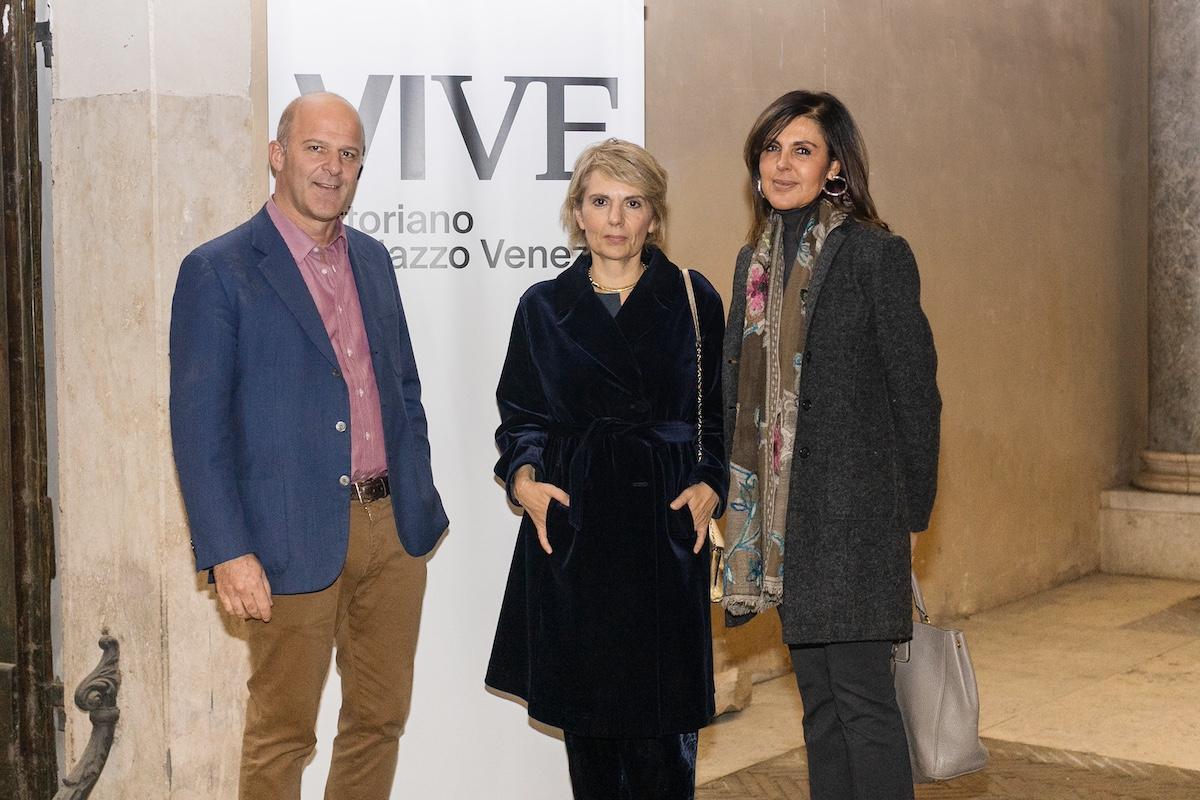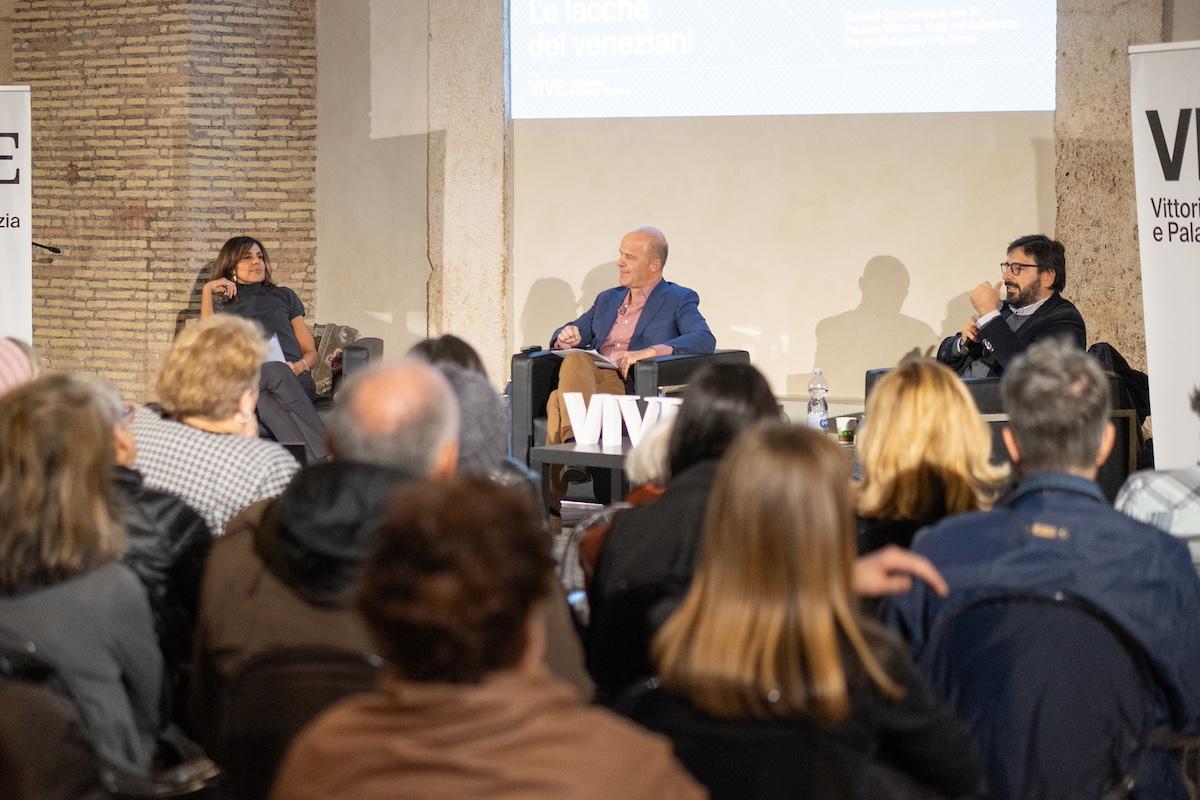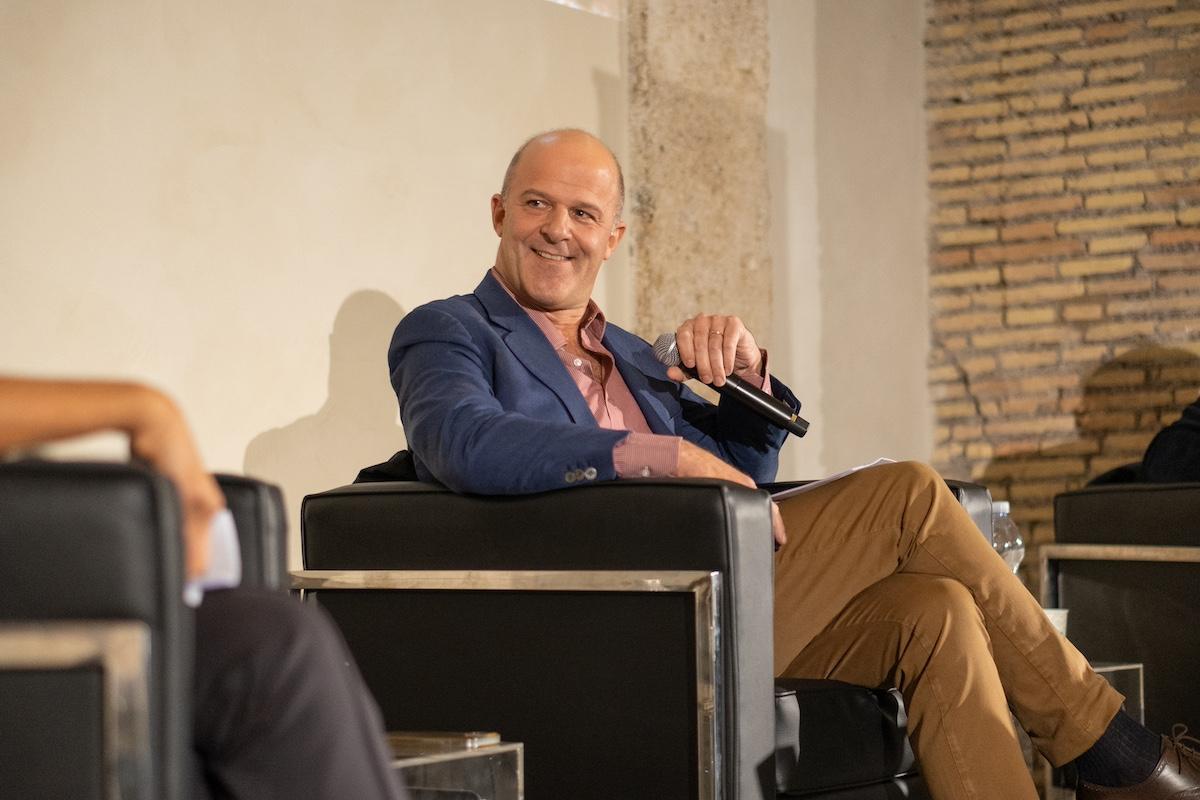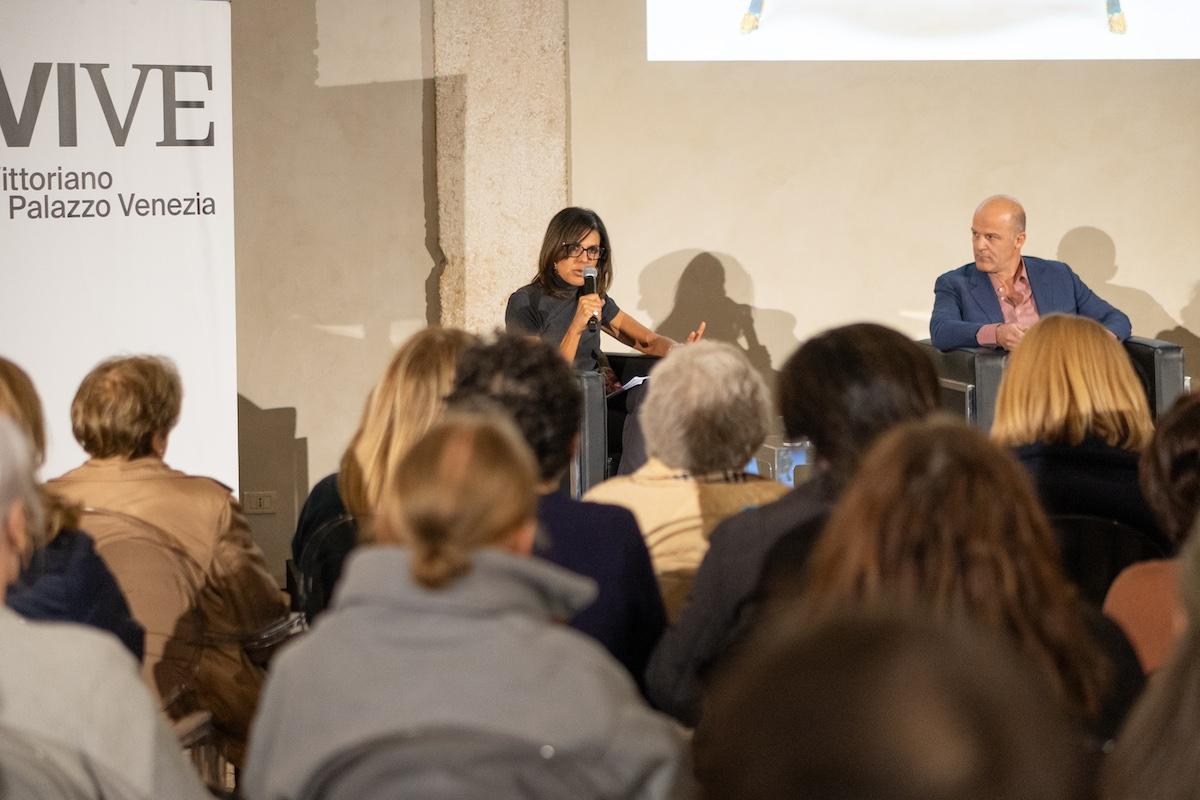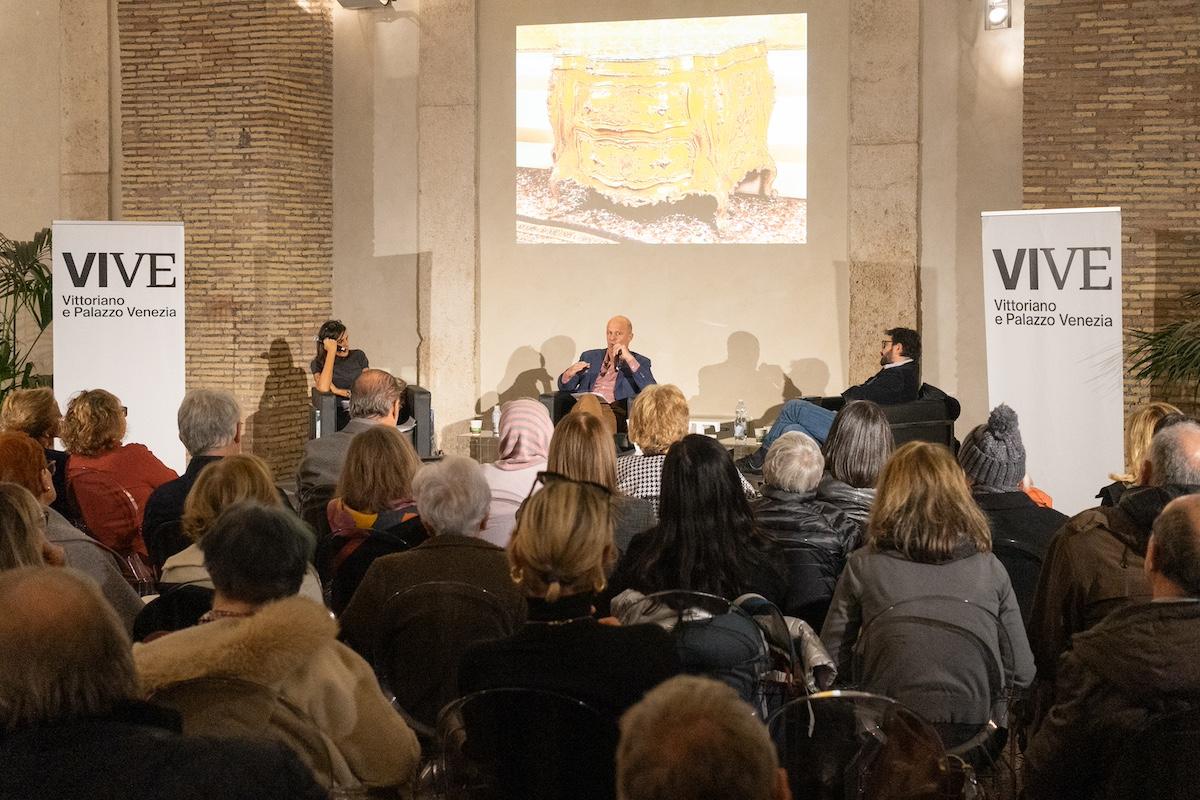SERIES: he Art Market. Private passions. Beauty all around - Collecting frameworks, in conversation with antiquarians and experts - Under the aegis of Costantino D’Orazio, art historian, in collaboration with the Associazione Antiquari d’Italia
SPEAKERS: Tomaso Piva and Clara Santini
DATAE: Thursday 23 November, 6pm
PLACE: Palazzo Venezia, Sala del Refettorio
The passion for lacquered artefacts and their production has a long history in Venice. A glittering cultural melting pot, the principal port of embarkation for the Levant and port of call for ships returning from it, through the centuries the Serenissima had accumulated a substantial heritage of technical knowledge in the field of oriental paints, so much so that already in the early 16th century Venice could be considered the privileged channel of dissemination to the rest of Italy of a “Levantine fashion” formed very early with the arrival of merchandise from the Muslim Near East. If it may therefore seem obvious that the history inherent in the formation of the European taste for the exotic coincides with the irrepressible passion for lacquers, it is equally inevitable that, in Italy, the first façon de la Chine “counterfeits” were produced in Venice, where lacquer, far from being an extemporaneous and brilliant discovery, had a centuries-old tradition behind it. In the 17th and 18th centuries the “depentori alla cinese”, as the artisans who worked with lacquer were called, continued to use, as in the past, the quintessential varnish, sandarac, to give the painted artefacts the highly coveted gloss and the necessary protection. “La laque de Venise est comme on sçait en reputation” noted in his Nouveau voyage de l’Italie the shrewd French observer Maximilien Misson, who visited Venice in 1668. He added “il y en a à toute sorte de prix”. Already firmly attested by the very early testimony of this Huguenot traveller of the late 17th century, the fame of Venetian lacquers was undisputed, in an evolutionary path of the ornamental lexicon that, from the decorations ‘alla turchesca’ of the second half of the 1500s, led to the fashion for chinoiserie, which spread throughout Europe until the threshold of the Neoclassical period.

